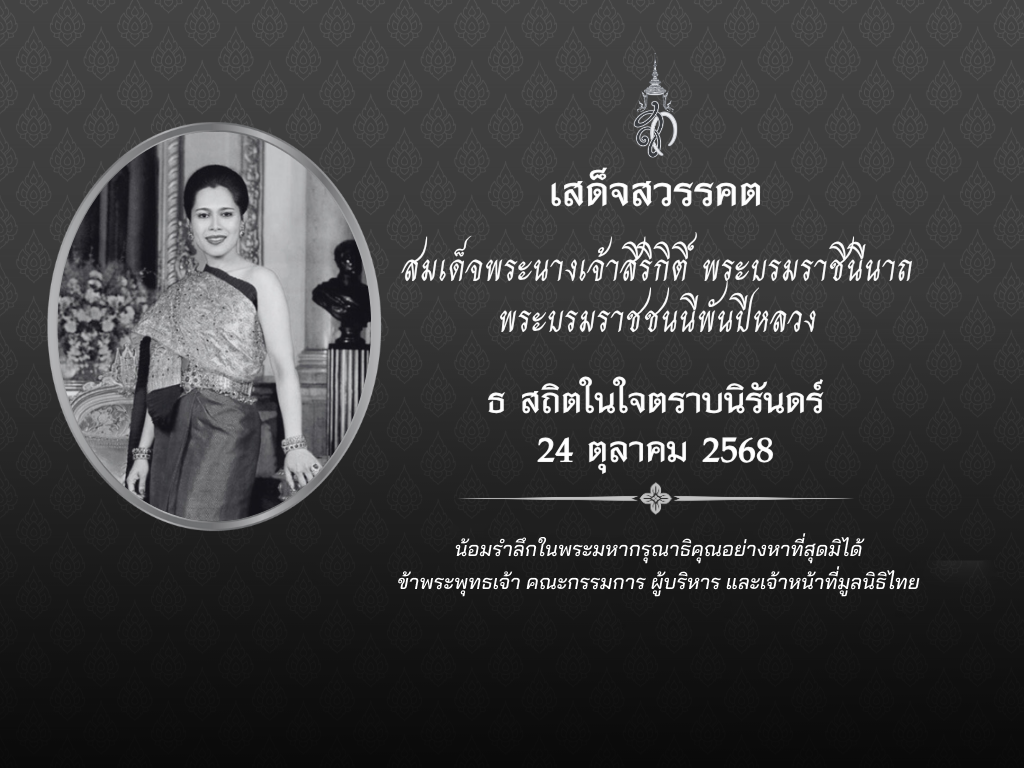
(Photo credit: https://bit.ly/3BjW5FG)
Magha Puja is a Buddhist holy day, celebrated especially in Cambodia, India, Laos, Myanmar, Sri Lanka, and Thailand. It is the second most important Buddhist festival after Vesak Puja, the latter which commemorates the birth, enlightenment, and death of the Buddha. Occurring between mid-January and mid-February, a period known as the “Magh” month in the lunar calendar, Magha Puja commemorates the miraculous assembling of 1,250 Arahants, who were disciples of the Buddha and came to see him in this month – an important month even then in Vedic tradition. This event happened in the first year of the Buddha’s ministry, over 2,500 years ago in modern-day Nalanda District of Bihar State, India. This holy day is also called Order Day (or Sangha Day) – in addition to Buddha Day (Vesak Puja), and Dhamma Day (Asalha Puja). At that gathering, the Buddha laid down community rules, based on love, compassion, and the welfare, benefit, and happiness of community members and those beyond.

on Magha Puja Day (photo credit: https://bit.ly/3Lo1Si8)
This year, Magha Puja will be held on February 16, which is the day of the full moon of the third lunar month on which Buddhists customarily go to temples to perform merit-making activities.

Thai Buddhist lay devotees with lighted candles in hand walk clockwise round a building housing the Buddha image three times in homage first to the Buddha, then to the Dhamma and finally to the Sangha at Wat Saket in Bangkok on Magh Puja Day (Photo credit: https://bit.ly/3J3GbBZ)
The Month of Magh and Its Long-held Importance
Magh was already considered a sacred month long before it entailed a Buddhist holy day. In the Mahabarata, one of two major Sanskrit epics dating from ancient India, statements about the importance of Magh can be seen here (e.g. “He who gives gingelly as a gift to Brahmins during this month will never go to hell”; “If one takes food only once a day during the whole of this month, one will be born very rich in the next birth”; “He who bathes at Prayag during this month will be free from all sins.”)
Etymologically, Magha Puja is shortened from the phrase Magha Maasam Puja meaning “worship in the month of Magh.” The word Magha itself comes from a Sanskrit word, Magham, which can be separated into two parts – Ma+Agham, ma meaning absence, and agham meaning evil, grief, sin, or suffering. Magham therefore indicates the absence of evil, grief, sin, and suffering.

Hindus, too, observed the worshiping of the Sun God, Lord Vishnu, and Lord Ganesh during Magh month. On the last day of the month, known as Magha Purnima in Sanskrit, they also worshipped ancestors, observed a day of fasting, and washed themselves in holy rivers, such as the Ganges, Godavari, Kaveri, Krishna, Narmada, Sindhu, and Yamuna to absolve their sins. (Festivals such as Magha Mela and Kumbha Mela, serving as major religious pilgrimages and sites for rituals, fairs, and religious discourses, are still observed today.)

(Photo credit: https://bit.ly/3KG54VZ)
Buddhist Magha Puja
After his Enlightenment, the Buddha began to teach the Way or Path (Magga in Pali) to others, so that they, too, could reach enlightenment, end suffering, and find their happiness. He found success first with the group of five ascetics who had been his spiritual companions. They became his first enlightened followers (arahant in Pali) and the first Buddhist monks who formed the organization of monks known as the “sangha”. In a few months after that, the Buddha in modern-day Sarnath instructed his 60 new arahants to spread the new doctrine (Dhamma in Pali) saying, “Monks, wander forth for the welfare, benefit, and happiness of many people, out of compassion…” They dispersed, spreading Buddhism. As a result of their hard work, more than 1,000 others, including those who were originally of vedic and brahmanical beliefs, as well as areligious farmers and merchants, found enlightenment in Buddhism. In the first year of the Buddha’s ministry itself, these 1,250 devotees, now Buddhist monks, came to see him as a form of worship at modern-day Rajgir in the holy month of Magh.

A signboard of Venuvan – a garden known as Veluvana during the Buddha’s time – in Rajgir taken in 2018 by Mr. Teeravas Bumpenbunbaramee
The Buddha, in turn, delivered the Ovada-patimokkha sermon to these 1,250 monks.

(Photo credit: https://bit.ly/3GYt9ov)
Ovada-patimokkha summarized the ideal goals of Buddhism, the principles of Buddhism, and the compassionate missionary method of Buddhism – as if the Buddha were conducting a conference on how to practice a worthy life and how to spread the balanced life doctrine effectively.
- The ideal goal of Buddhism
The goals as outlined in the sermon comprises three parts, namely:
1.1 Nibbana is supreme.
Buddhists have to realize that Nibbana (Nirvana in Sanskrit) is the ultimate goal for Buddhists, and not the reunion with the Creator God.
1.2 Never harm other living beings.
1.3 Enduring patience is the highest austere practice.
It is the ‘internal’ method of spiritual practice that matters, and not the ‘external’ ascetic self-tortures. The Buddha exhorted his followers to be patient in order to reach the goal of Nibbana. To achieve or realize Nibbana, Buddhists have to rely on their own enduring effort as well as patience because there is no savior god who will lead anyone to Nibbana.
- The Principles of Buddhism
2.1 Avoid doing all evil.
Monks have to follow the precepts that require monks to abstain from doing evil through physical action such as killing being and through speech such as telling lie.
2.2 Cultivate all that is wholesome.
Monks have to undertake meditation practice as well as other practice to enhance wholesome qualities for one’s own and others’ welfare and well-beings.
2.3 Purify one’s mind.
Buddhist should use the wisdom that arises from meditation practice to purify the mind from being defiled by greed, anger, and delusion.
- The Compassionate Missionary Method of Buddhism
The Buddha promulgated his teaching in a peaceful, compassionate way, and he exhorted his followers to follow suit saying:
3.1 Do not speak ill of others.
3.2 Do not be destructive to others.
After the Buddha delivered this sermon to 1,250 arahants (in other words – after the conference was over.), they separated to propagate the Dhamma in various places – always keeping in mind the Buddha’s exhortation, “Wander forth for the welfare and happiness of the multitude, out of compassion….”
Some Words of the Buddha on Love to Celebrate Valentine’s Day
As Valentine’s Day also arrives this month, I’d like to share these words of the Buddha:
“Love the whole world as a mother loves her only child.”
“One who loves oneself should not harm another.”
“A wise man giving happiness gains happiness himself.”
“Help one in misery with attentiveness.”
“Born as a human, one should share, whether much or little, with others.”
“A good person takes pleasure in helping others.”
“In this world, hatred is never appeased by hatred.”
“Whatever words we utter should be chosen with care, for people will hear them and be influenced by them for good or for ill.”

(photo credit: https://yhoo.it/3G2rEo1)
On this auspicious occasion of Magha Puja, I wish the reader ‘hear’ the advice of the Buddha and put it into practice, particularly the qualities of tolerance, respect, and good will for others; being open, compassionate, generous, and non-violent to one another; and promoting harmony instead of speaking ill of others. If we employ them as the foremost practices in our daily life, then our world will be one that enjoys peace and happiness, like the first community of the Buddhists formed by the Buddha more than 2,500 years ago.
Main Sources:
- The Most Venerable Prof. Dr. Phra Dharmakosajarn (Prayoon Dhammcitto). The Heart of the Buddhist Teaching, A Dhamma Talk on Ovada-pathimokkha, at https://bit.ly/3H8SHzx
- P.A. Payutto. The Nectar of Truth, A Selection of Buddhist Aphorisms, at https://bit.ly/3IFG3Iz
- Magha Puja at https://bit.ly/3AuKVxd
- Dalal, Roshen. The Penguin Dictionary of Religion in India. Penguin Reference, 2006.
- Harris, Ian, Ph.D. The Complete Illustrated Encyclopedia of Buddhism. Hermes House.
Author: Paitoon Songkaeo, Ph.D.
15 February 2022




